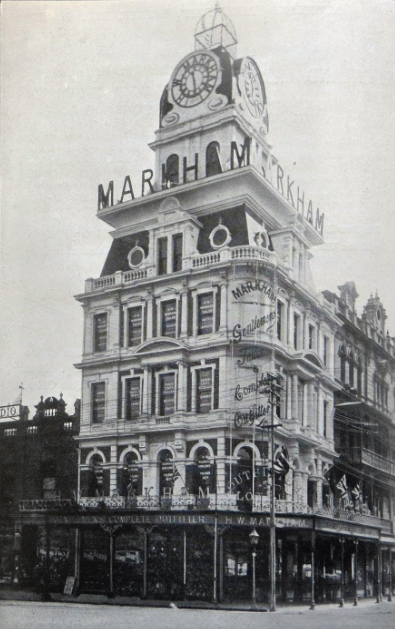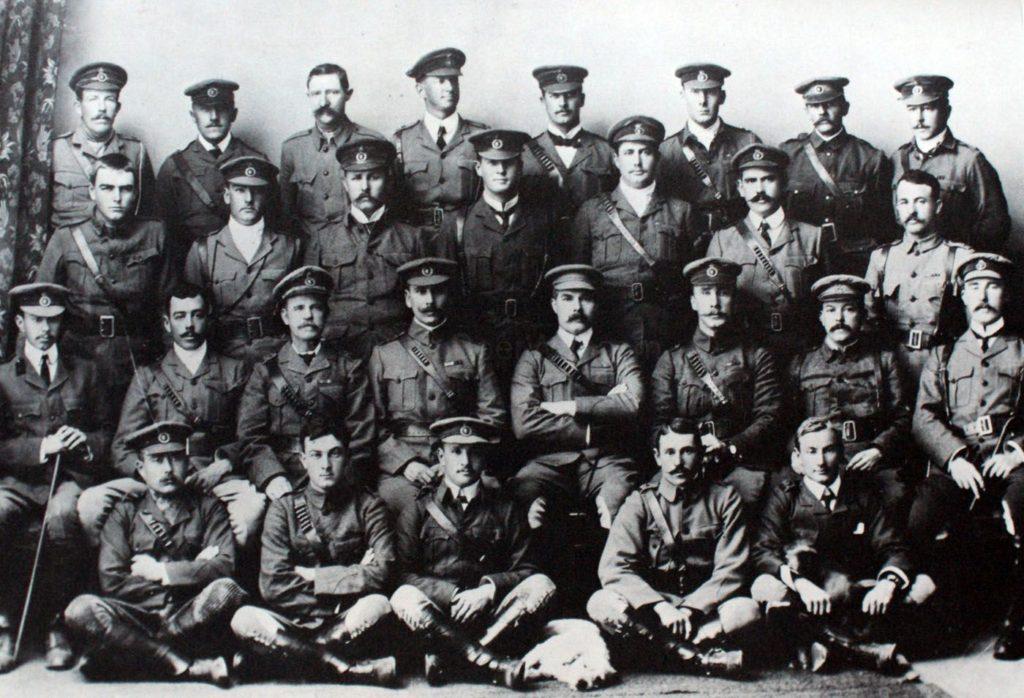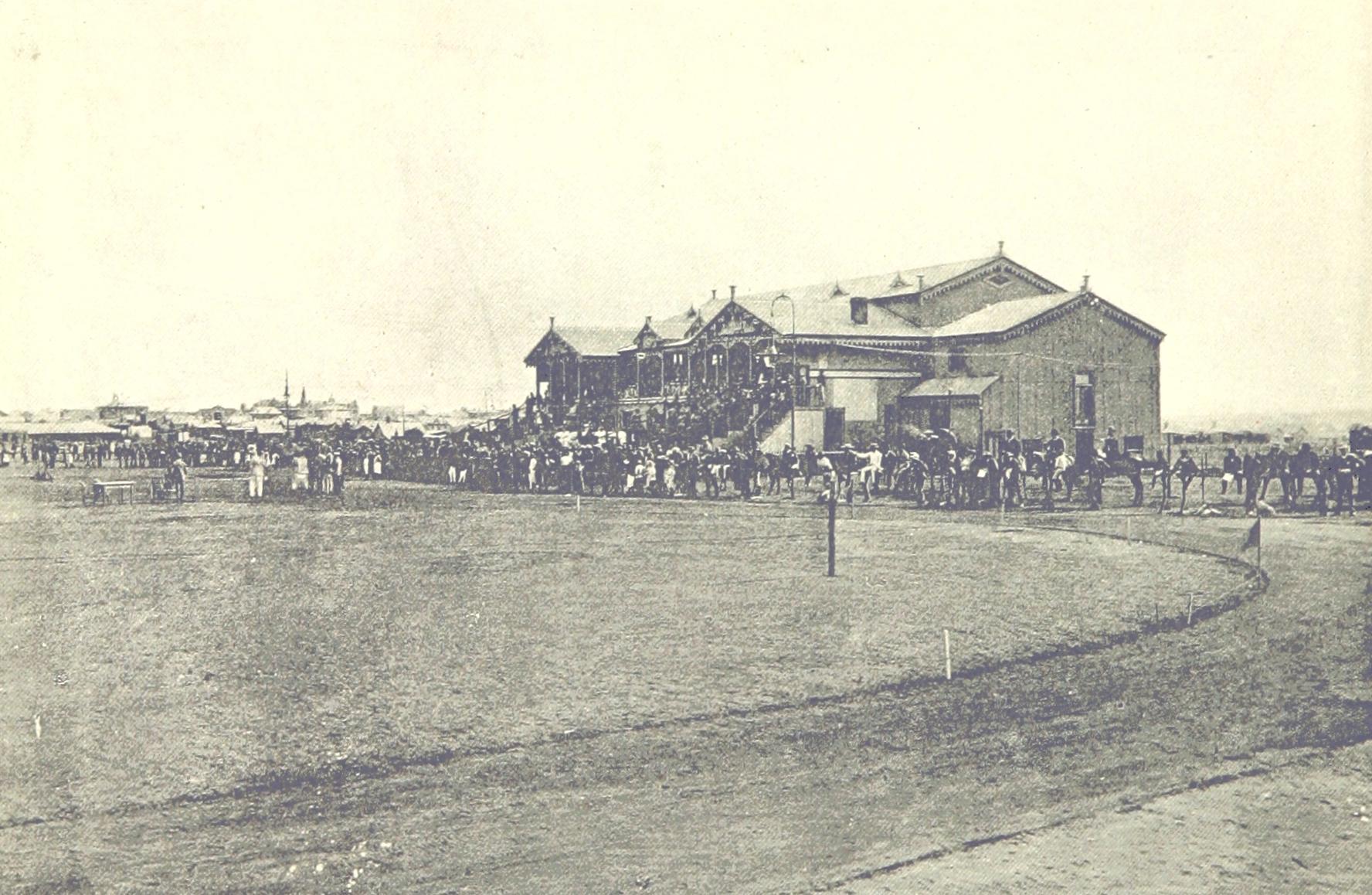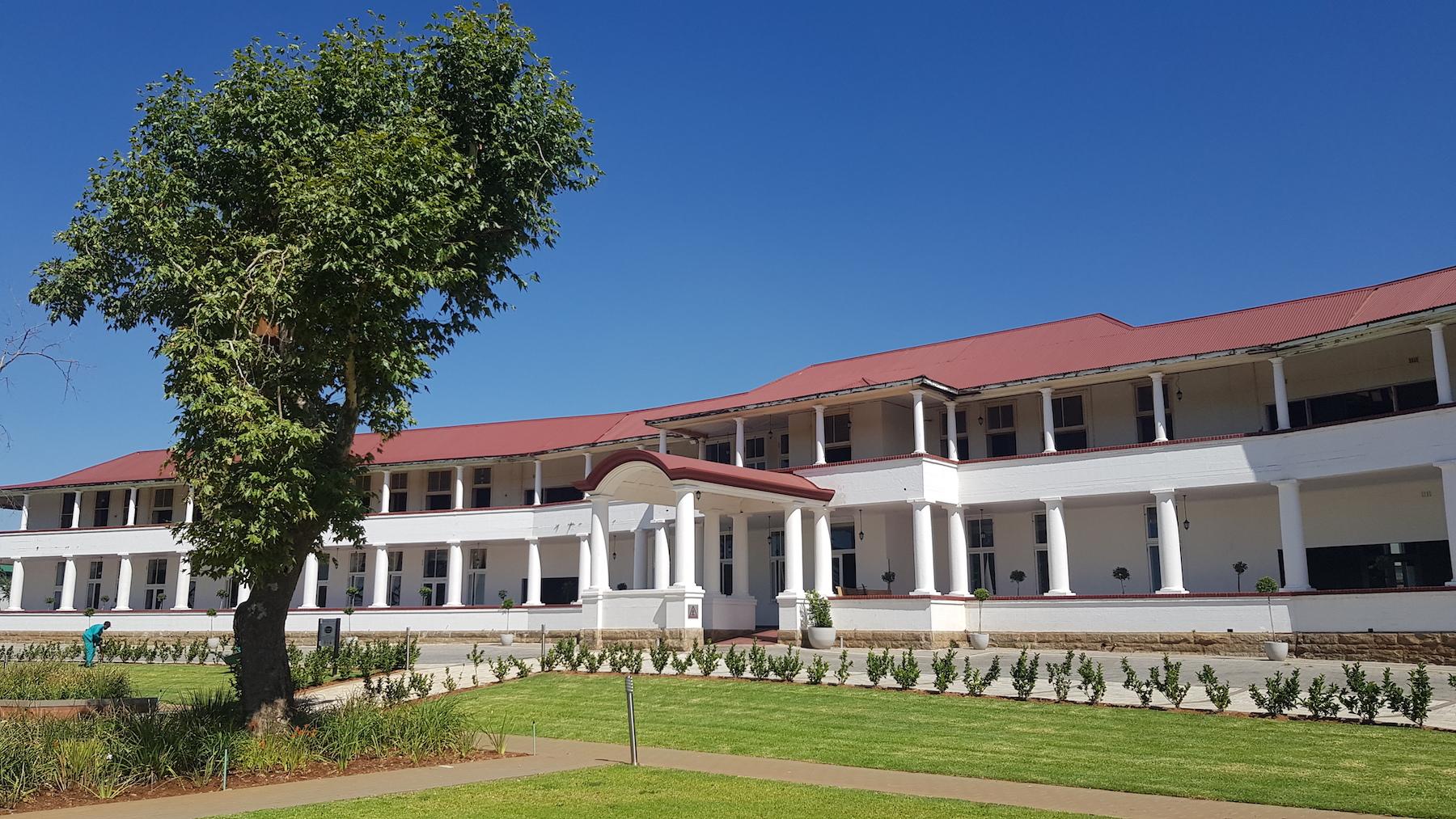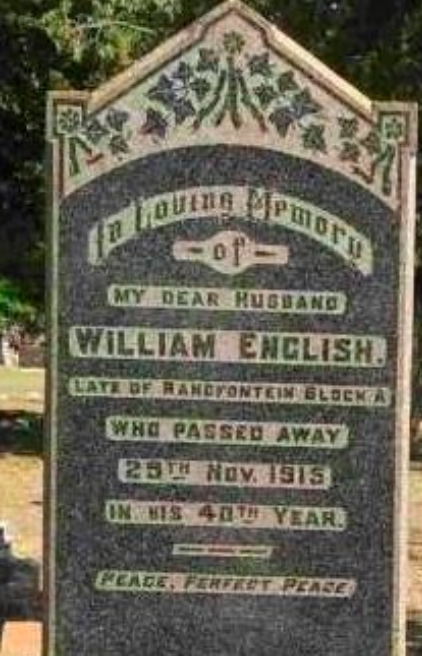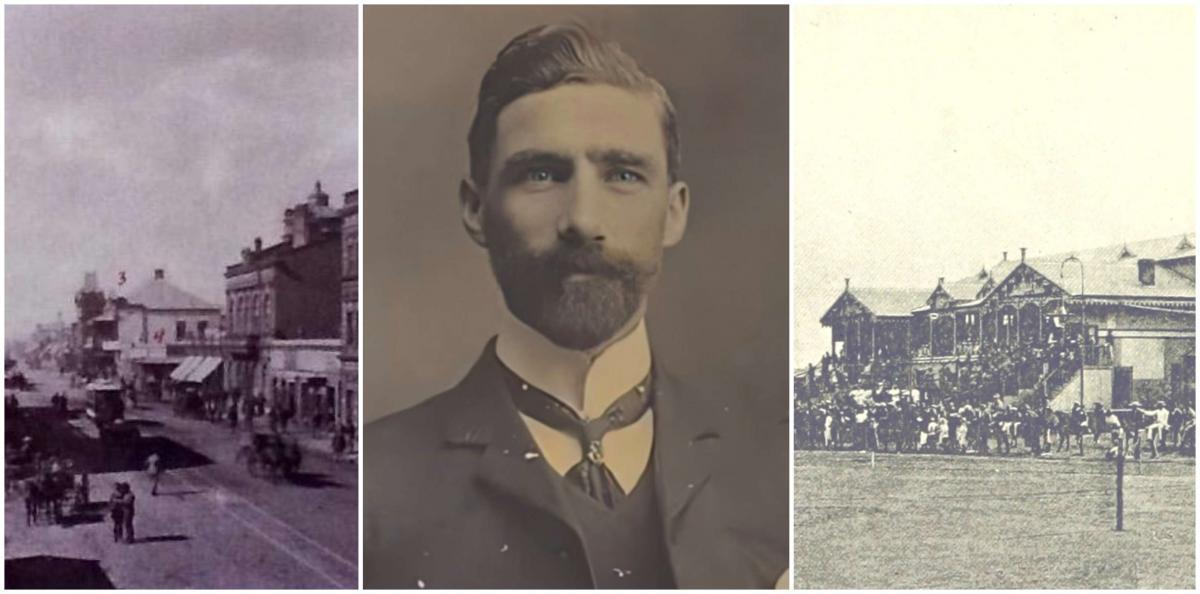
Disclaimer: Any views expressed by individuals and organisations are their own and do not in any way represent the views of The Heritage Portal. If you find any mistakes or historical inaccuracies, please contact the editor.
This article is about William English, (1875-1915), a miner originally from the North-East of England who through hard work became a mining engineer in the gold mines of South Africa. It is based on the website williamenglish.net which includes his journal, poems and additional commentary. Creating the website has been a project for William’s descendants, Hilary Norris and Larry Cunningham.
William was born in Wylam in 1875. If the movement around the pits of the north east which his grandparents, parents and then William himself made during the eighty years from 1815 to 1895 are plotted on relevant maps, it can be seen that the family moved from Wylam and Tow Law in the west, to Whitburn and Blyth in the east; from Coundon in the south to Amble in the north. In other words, they traversed almost the whole of the northern coalfield! William’s family can truly claim to be Northumberland and Durham miners.
He found his own first job as a trapper when he left school at thirteen but after a week: ‘I didn’t like the mine, and wanted to leave, but my father said I had looked for the job myself and would now stay there. Well, that fixed my destiny, but I know I should never have been a miner.’
William later followed in his father Henry’s footsteps and found work in the mines of South Africa. When he arrived in 1897, the original shanty town of some 3000 people that had sprung up around Ferreira’s Camp had developed into an emerging town with more permanent buildings. Johannesburg was still rough and raw, but it was more than a mining camp. More permanent double storey buildings, either commercial or residential, had appeared. William soon moved to Krugersdorp on the West Rand and began working in gold mines. Krugersdorp at this time was both a British mining town and a Boer settlement.
Commissioner Street in the early 1890s (Davies Brothers)
Markham's Building was finished in 1897 (Johannesburg and Pretoria Guide)
Life in the gold mines of South Africa presented a wealth of opportunity for William who seized every opportunity to better himself. Through his own efforts and initiative, he rapidly worked his way up from sinker to overseer, obtaining a Certificate in Methods of Mining and Mining Economics from the Transvaal University College in 1909. In his journal, William recorded the mines he worked in, the cost of materials and the dangers involved.
In 1899 he joined the Kaffrarian Rifles, fighting in the Anglo-Boer War, and keeping a diary of each skirmish he took part in. It is possible the journal was begun around this time.
Officers of the Kaffrarian Rifles (Anglo Boer War site)
In 1901 he enlisted with the Burgersdorp District Mounted Troops and on Page 19 of the Journal he wrote that he left on 25th September 1902. There are gaps in the Journal for the period 1902-4. Some detail of his whereabouts in 1902 have been pieced together by references to dates and locations in his poems. William was found at Maitland Camp just outside Cape Town in May 1902. In July and August, he was in England, possibly attending the celebrations of the coronation of Edward VII. His poem A Fair Maiden dated 2nd September 1902 is dedicated to Marie, his future wife, and Sweethearts of Old dated 3rd of September 1902 was written to Marie from Las Palmas in Grand Canaria on his return journey to South Africa. But there is no information in the Journal about how they met!
He married Marie Bevington in Cape Town in 1904, but the Journal is very quiet about the arrangements other than that the date is recorded.
William’s life wasn’t solely defined by his work as a mining engineer, although he detailed the materials, costs and dangers involved. He had many other interests, cycling perhaps being his greatest passion. On Pages 13 to 18 of the Journal William described his cycling exploits in 1898, including entering his name for the sports on the Wanderers Ground. He was very involved in the developing cycling activities in the area. He also rode up Mulders Drift Hill, near Krugersdorp and was very pleased with himself as it had only been ridden up only once before, by Harvey Lewis in 1898. William continued cycling after the Anglo-Boer War, notably during his trip to England in 1906 when he completed a return cycling trip from Leigh-on-Sea in Essex to the North East of England. (Pages 31-34 in the Journal). In 1907 (Page 39) he recorded cycling at the Wanderers and the Pretoria Diamond Road Race.
Wanderers Club (J Davis)
The move to South Africa had enabled William to secure a very comfortable lifestyle and improve his social status – as of 1905 he recorded earning £30 - £55 a month - working in the mines. There was a cost - his health.
A mention in his diary for 1909 recording his last cycle race, was poignantly premonitory:
…work in these mines is not conducive to either long life, long wind or strength…I rode my last race 9th November 1909…when I felt I was only a third rater, so I gave it up; I was then within a month of 34 years of age…
In 1914, William was diagnosed with miners’ phthisis and the following year the life of a determined, talented trapper boy turned toff was sadly cut short at the age of 39.
William died at the Phthisis Sanitorium at Modderfontein. He was buried at Burgershoop Cemetery, Krugersdorp.
Springkell Sanitorium, today Heritage House (Heritage Estate, Modderfontein)
Grave of William English (Larry Cunningham & Hilary Norris)
William and Marie had four children, three of which remained in South Africa. One son stayed in England after attending school at Highfield College in Essex, England and never returned to South Africa.
In transcribing William’s journal, we have tracked the tragically short life of a self-taught man in his own words. Additional material adds context and background information on the family.
If you’d like to contact us, please do so on info@williamenglish.net. Click here to read the journal.
Main image: Officers of the Kaffrarian Rifles (Anglo Boer War website)
Comments will load below. If for any reason none appear click here for some troubleshooting tips. If you would like to post a comment and need instructions click here.

